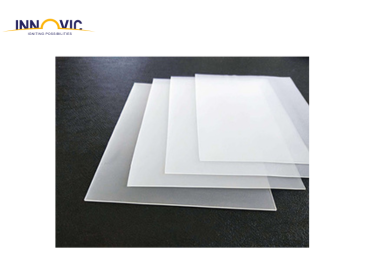Safe-All is the brand launched by Innovic In 2015 and the brand name itself projects the key deliverable which is safety and security of all stakeholders . This will be a core ingredient in all the products or services which will be promoted under this brand.
The four Pillars for our Brand Safe All are the Four S – Safe Secure Simple & Sustainable.


PVB or Polyvinyl butyral is a kind of resin usually used for applications that require strong binding, optical clarity, adhesion to many surfaces, toughness and flexibility. It is prepared from polyvinyl alcohol by reaction with butyraldehyde.
Download Data Sheet
Opaque PVB (Polyvinyl Butyral) refers to a type of laminated glass interlayer material. PVB is a plastic material commonly used in the automotive and architectural industries to create laminated glass, which is a type of safety glass. Opaque PVB is a variation of this material designed to block or obscure the view through the glass.
Download Data Sheet
Translucent PVB (Polyvinyl Butyral) refers to a type of interlayer material used in laminated glass that allows some light to pass through but diffuses or scatters it, making objects on the other side less visible. This is in contrast to "clear" PVB, which allows more light to pass through, providing better visibility.
Download Data Sheet